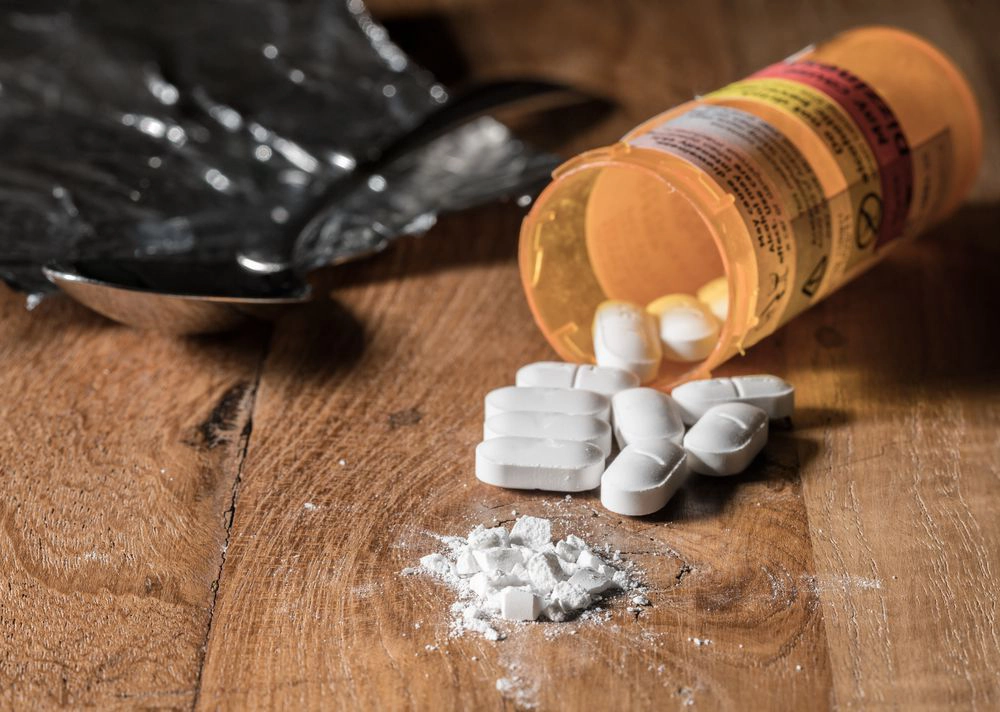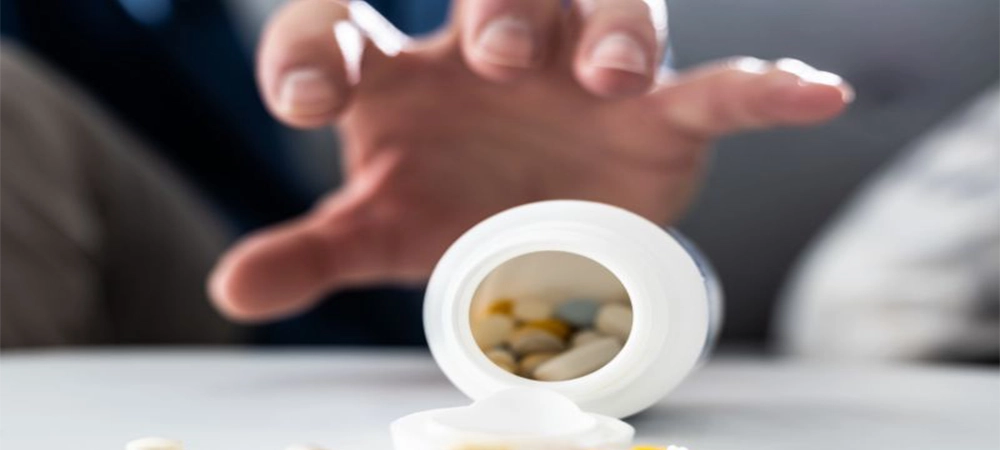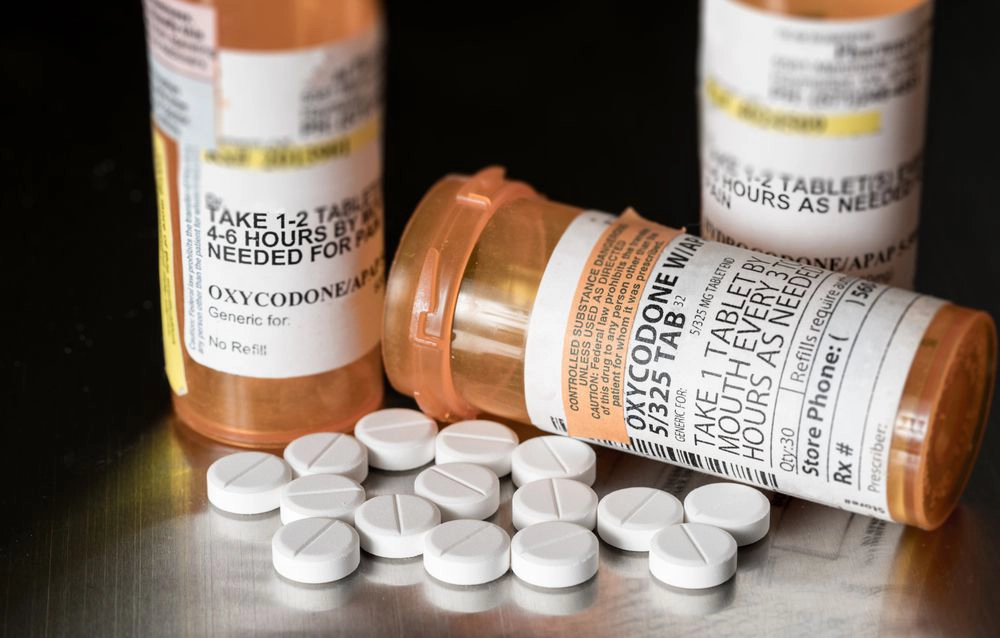There are many potential problems when a person is using opioids for pain management. The more common is opioid abuse and addiction, the signs of which many people miss. To forestall any problems with opioid use, you need information.
In this article, we will take you through the spectrum of opioid abuse and addiction. You will learn to recognize the signs of opioid addiction. You will also learn steps to take if you or a loved one is facing such problems.
What are Opioids?
Opioids, often interchanged with opiates, are drug substances commonly used to treat pain. These drugs are excellent painkillers, so they find use in severe, chronic pain cases.
Opioids are naturally addictive substances. They produce calming effects that make them subject to abuse. Therefore, doctors must prescribe them before anyone takes them. Common examples of opioids available are codeine, morphine, hydrocodone, and fentanyl.
Between abuse and addiction
Opioids generally produce pleasant euphoric and soothing effects, aside from the painkiller action. Naturally, your body seeks out those feelings in any way it can. Over time, the effects of the same dose of the drug reduce progressively. This is called tolerance.
Initially, this may be harmless. You may start to seek a higher dose of the drug. If this happens without the express approval of a doctor, opioid abuse sets in.
Opioid abuse is typically defined in one of the following ways. First is taking larger amounts of the prescribed drug. It may also be administering the medication more frequently than necessary.
Another sign is using the drug with other substances (e.g., alcohol) to increase its effects. Opioid abuse may lead to a deep-seating addiction, often strenuous to get out of without help.
Addiction is the use of opioids to a point where you cannot function without the drug. A crucial clue to this is a deep craving for the drugs. Essentially, you are willing to go great lengths for it.
Sometimes, you may snap out of it and be desperately willing to quit. But if you cannot control the substance use, you will end up falling back.
Opioid abuse and addiction often go hand in hand. One does not always precede the other. Many times, they start harmless. However, when it gets out of control, it is necessary to tackle it promptly.
Do You Think You are Addicted?
Opioid abuse and addiction come with widely varying signs. Because the effects border on the psychological, the most apparent tells are behavioural changes. There are also physical changes you may experience.
Physical signs of opioid addiction
Opioids are chemical substances. Hence, they act on and modify bodily functions. When too much gets into the body, they manifest in different ways. These manifestations are symptoms of opioid abuse.
A usual sign to see if you are becoming addicted is a fluctuation in sleeping patterns. You may find it challenging to stay awake and may fall asleep at odd times.
Furthermore, concentration on a task may be much harder to attain. You flit from one activity to the next. It can go in hand with the euphoric state. Excitement, happiness, and an inability to concentrate on anything for long are signs of euphoria.
Other signs of opioid addiction include feelings of nausea, followed by vomiting. Similarly, constipation may occur. Again likely are weight loss, and dry, itchy skin. Also, a blurred vision becomes more common. There may be some lightheadedness, which may result in falls and may cause injuries.
Quite conversely to the euphoria, there may also get moments where you are sad and lethargic. There may also be some hallucinations, and breathing tends to be slow and shallow.
Behavioural signs of opioid addiction
If addicted to opioids, you always want to get your hands on the drugs. You never wish to run out of supply. A common sign of opioid addiction to look out for us is a tendency to visit different doctors, a situation called doctor shopping. Essentially, you hope each doctor writes a prescription to use to obtain the drugs.
You also start to withdraw from social activities previously enjoyed. You even begin to experience massive mood swings, which can be ugly for family and friends.
There is a loss of interest in maintaining relationships, and your ability to sustain them declines. For the most time, the need to achieve the “high” is topmost in mind.
Your job starts to suffer as you cannot function as efficiently. Your judgement is also impaired as you begin to worry less about risks and act impulsively.
While you may know something is wrong physically, you often do not realize these behavioural changes. It may take a family member to point out the differences. At this stage, opioid addiction treatment is starting to become necessary.
Related article: 7 Myths About Opioid Addiction
Signs of Opioid Abuse and Addiction: What Next?

Since you have identified the addiction, you can start the journey to recovery. There are steps you need to take to help the overall process.
Understand the situation
You recognize the signs of opioid addiction, and you need help. The next step under this is to understand the condition completely. You need to know how it began.
It will help to tell some truths. The addiction is not your fault and blame makes it harder to start the healing. Furthermore, you cannot do it alone. Very likely, the addiction has affected those close to you. However, you also need familial support to have as comfortable a recovery as possible.
Seek professional help
You must know overcoming an opioid addiction is not an easy process. But it is possible. You, however, need professional help.
Some studies show many opioid addiction cases originating from safe, prescribed opioid use. With the preceding, an excellent starting point is talking to a physician. They may be able to recommend a special program to deal with opioid addiction.
Opioid withdrawal and detox: What to expect
Opioid withdrawal is a state where you feel particular symptoms when you stop taking a drug. It may also occur if the amount of medicine you take reduces significantly. The process of ending or reducing drug use is called detox.
Many factors determine how a detox feels. It may be the length of the addiction or the substances or quantities of the drugs you use. Withdrawal symptoms can be very distressing, both physically and psychologically. Experts, however, advise not to quit drugs cold turkey. Without proper management, there may be a relapse, which worsens future chances of recovery.
Possible withdrawal symptoms include:
- Flu-like symptoms, fever, vomiting, and sweating
- Muscle spasms and abdominal cramps
- Anxiety and agitation
- Sleep disorder
- Unstable blood pressure
If there is a need, your doctor may prescribe medications to reduce the cravings or symptoms. After this, your doctor may recommend a rehab program. This helps to solidify the gains made in the detox.
Final Take
Early detection of the signs of opioid abuse and addiction is one of the best ways of curbing the spread. By identifying what comes with the condition, you can take steps before the situation degenerates.
If you identify any behaviours or physical signs to indicate this condition, seek help immediately. Our addiction treatment services for opioid addiction are available in Toronto. At Addiction Rehab, we have professionals with many years of experience, ready to help you out. Contact us today.
Related article: How to Help Your Loved One with Opioid Addiction









